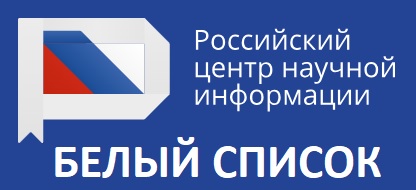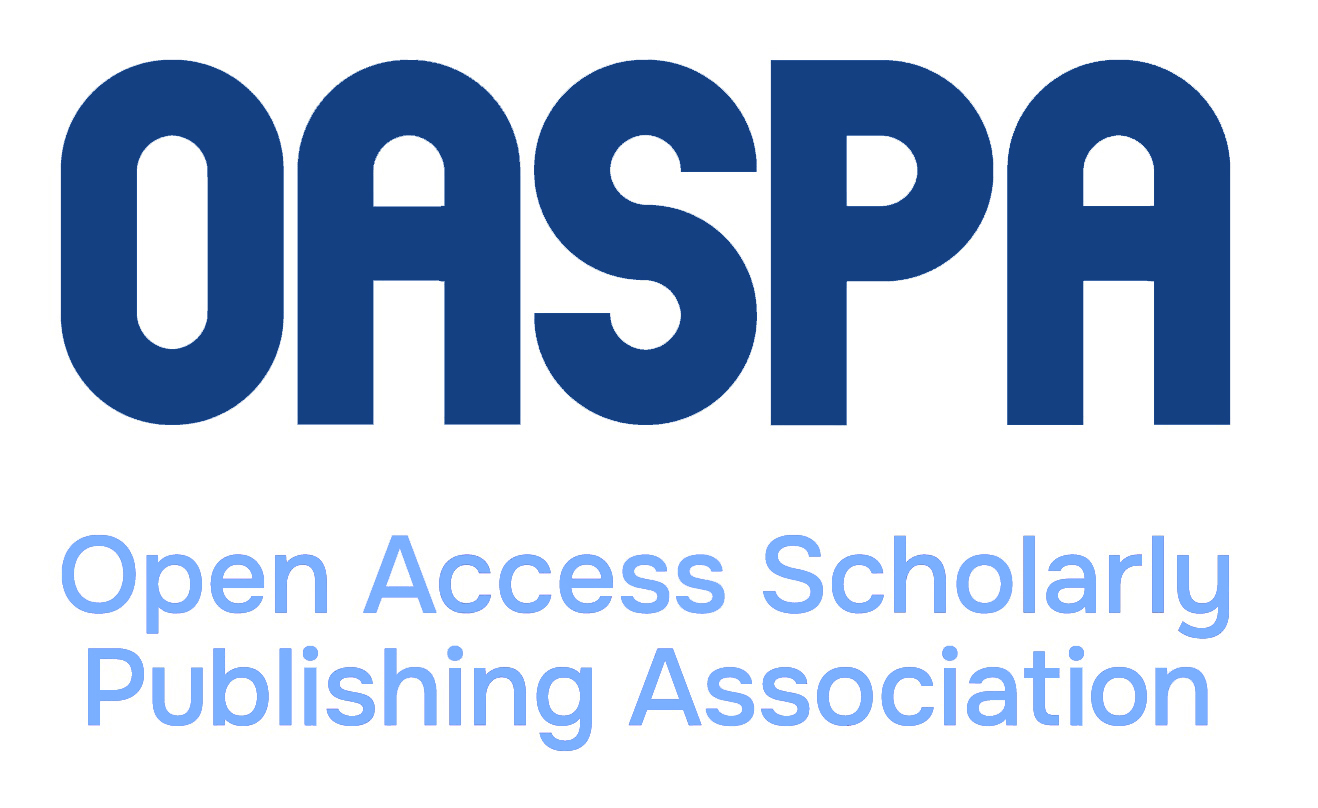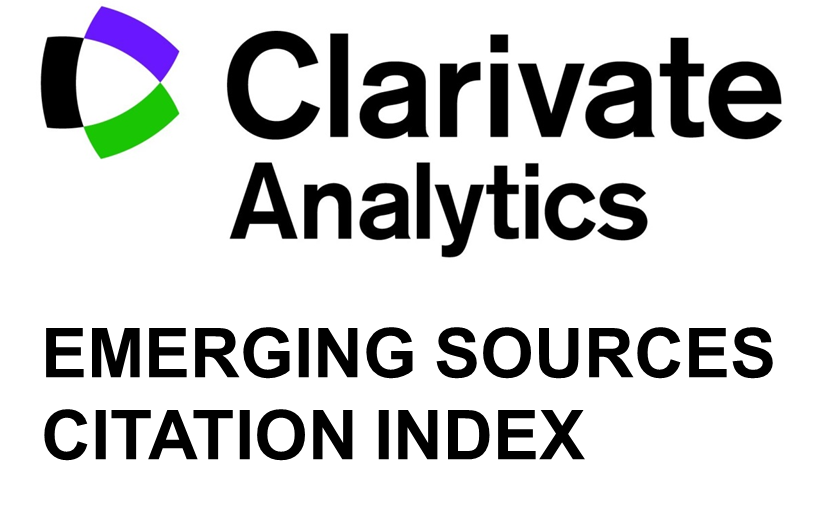UDK 532.133
DOI: 10.15507/0236-2910.028.201802.164-174
Transverse Oscillatory Motion in Viscous Fluid in Contact with Porous Medium
Elvira N. Egereva
Associate Professor, Chair of Applied Mathematics, Differential Equations and Theoretical Mechanics, National Research Mordovia State University (68/1 Bolshevistskaya St., Saransk 430005, Russia) Ph.D. (Physics and Mathematics), ResearcherID: F-9071-2018, ORCID: https://orcid.org/0000-0002-5474-924X, This email address is being protected from spambots. You need JavaScript enabled to view it.
Artem Yu. Egerev
Student, National Research University Higher School of Economics, (20 Myasnitskaya St., Moscow 101000, Russia), ResearcherID: F-8420-2018, ORCID: https://orcid.org/0000-0001-6928-3764, This email address is being protected from spambots. You need JavaScript enabled to view it.
Alexander O. Zubov
Master’s Student, National Research University of Civil Engineering (26 Yaroslavskoye Shosse, Moscow 129337, Russia), ResearcherID: F-7655-2018, ORCID: http://orcid.org/0000-0002-4909-228X, This email address is being protected from spambots. You need JavaScript enabled to view it.
Introduction. We consider the solution of two problems on transverse oscillations in a viscous incompressible homogeneous fluid in contact with a porous medium (matrix) saturated with the same liquid. The surface of the section of the porous medium and the liquid in contact with it is the plane in all the cases considered.
Materials and Methods. To describe the motion of a liquid in a porous medium, the nonstationary Brinkman equation is used. In the boundary conditions, the possible slip of a liquid in a porous medium along a solid impermeable surface, which limits the porous medium, is taken into account.
Results. Exact analytical solutions of two problems on internal transverse waves in a viscous fluid located on a layer of a porous medium are obtained. The first problem shows that damped transverse waves exist in a viscous fluid. The velocity of the wave is perpendicular to its direction. The amplitude of the velocity decreases monotonically as it moves deeper into the porous medium. Damped transverse waves can exist both in a free liquid and in a porous medium. The amplitude of these waves attenuates with distance from the oscillating plane into the interior of the liquid. In those cases where the transverse waves exist, their length in regions 1 and 2 is equal to 2πσ2√ Г and 2πσ2, respectively. The strong attenuation of the wave occurs at a distance of the order of its length. Therefore, the motion is concentrated in a layer of thickness on the order of the wavelength. That the wave could penetrate from the free liquid into the porous medium of the thickness of the layers h1 and h2 should be comparable with the wave lengths. In the second problem, it is obtained that in the case of ε2 << 1 damped transverse waves exist only in a free liquid, and in the case of ε2 >> 1 damped transverse waves exist in both a liquid and a porous medium.
Conclusions. For the case of low frequencies, damped transverse waves can exist only in a free liquid, and in the case of high oscillation frequencies, both in a liquid and in a porous medium. The lengths of these waves in regions 1 and 2 are the same as in the first problem. Vibrational motion of a porous sphere with a solid impermeable core in a viscous fluid could be usefully explored in further research.
Keywords: porous medium, viscous fluid, transverse oscillatory, inner transverse waves, Brinkman equation, exact analytical solutions
For citation: Egereva E. N., Egerev A. Yu., Zubov A. O. Transverse Oscillatory Motion in Viscous Fluid in Contact with Porous Medium. Vestnik Mordovskogo universiteta = Mordovia University Bulletin. 2018; 28(2):164–174. DOI: 10.15507/0236-2910.028.201802.164-174
Authors’ contribution: E. N. Egereva – collection and analysis of theoretical material, analysis of the results obtained, writing the draft; A. Yu. Egerev – numerical data processing of and revision of the text; A. O. Zubov – word processing, analysis of literature data.
All authors have read and approved the final version of the paper.
REFERENCES
1. Slezkin N. A. [On the influence of the porosity of the bottom on a flat standing wave in a heavy fluid]. Izvestiya AN SSSR. MZhG = USSR Academy of Sciences Bulletin. Mechanics of Liquid and Gas. 1984; 4:160–163. (In Russ.)
2. Stolyarov I. V., Taktarov N. G. [Propagation of surface waves in a layer of fluid on a porous base]. Izvestiya AN SSSR. MZhG = USSR Academy of Sciences Bulletin. Mechanics of Liquid and Gas. 1987; 5:183–186. (In Russ.)
3. Hanukaeva D. Yu., Filippov A. N. Filtration of viscous fluid through Brinkman media limited by impermeable walls. Trudy RGU nefti i gaza imeni I. M. Gubkina = Works of Gubkin Russian State University of Oil and Gas. 2014; 276(3):145–155.
4. Egereva E. N., Runova O. A., Taktarov N. G. Instability and disintegration of a magnetic fluid column that surrounds a long porous core. Fluid Dynamics. 2015; 50(1):164–172.
5. Bochkarev A. A., Volkov V. I. Model of the Brinkman with the account of non-uniform the porosity. Izvestiya Altayskogo gosudarstvennogo universiteta = Altay State University Bulletin. 2002; 1:99–100.
6. Trifonova T. A., Sheremet M. A. Comparative analysis of Darcy and Brinkman models at studying of transient conjugate natural convection in a porous cylindrical cavity. Kompyuternyye issledovaniya i modelirovaniye = Computer Studies and Modeling. 2013; 5(4):623–634.
7. Mosina E. V. Numerical study of flow at a liquid-porous medium interface. Theoretical Foundations of Chemical Engineering. 2010; 44(5):679–685.
8. Ochoa-Tapia J. A., Whitaker S. Momentum transfer at the boundary between a porous medium and a homogeneous fluid – I. Theoretical development // Int. J. of Heat and Mass Transfer. 1995. Vol. 38. P. 2635–2646.
9. Leont’ev N. E. Flow past a cylinder and a sphere in a porous medium within the framework of the Brinkman equation with the Navier boundary condition. Fluid Dynamics. 2014; 49(2):232–237.
10. Brinkman H. C. A calculation of the viscous force exerted by a flowing fluid on a dense swarm of particles. Appl. Sci. Res. 1947; 1(1):27–34.
11. Haber S., Mauri R. Boundary conditions for Darcy’s flow through porous media. Int. J. Multiphase Flow. 1983; 9(5):561–574.
12. Harris S. D., Ingham D. B., Pop I. Mixed convection boundary-layer flow near the stagnation point on a vertical surface in a porous medium: Brinkman model with slip. Transp. Porous Med. 2009; 77(2):267–285.

This work is licensed under a Creative Commons Attribution 4.0 License.

















